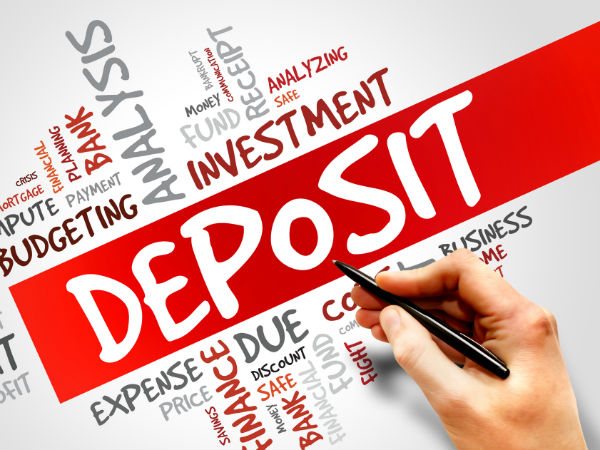With friends and colleagues minting money in stocks, many investors write to us today asking how they should make a start on equity investing. I’d like to do SIPs in a dozen high-dividend yield stocks to become rich, can you suggest some? What are the books or blogs to learn technical and fundamental analysis? Should I buy smallcases instead of SIPs in mutual funds? These questions show that, while the person asking them is keen to invest in stocks, he or she isn’t quite sure why they’re doing it. It’s hard to succeed at equity investing without being crystal-clear about your objectives. Before taking the plunge, here are the questions to ask yourself.
Holding period
How much time are you willing to give for your stock holdings to deliver? In a trending bull market, it is easy to believe that a year or two is all you need to double or treble your money in stocks. But stocks that double or treble in a few months when the momentum is strong can fall 50-60 per cent equally quickly if the sentiment turns. To create durable wealth from stock investing, you need to view it as owning a piece of a business. If you own companies that compound their earnings over long periods of 5 to 10 years and markets recognise this, that’s when you have multi-baggers on your hands.
To know whether a company is capable of compounding its profits, you need to understand its business (fundamental) drivers.
A fundamental investor must be willing to commit to a 7-10 year holding period to earn good returns.
If your intention is just to make the most of market momentum over a 2-3 year period, knowing how to read technical charts and momentum indicators is a must. If you’re doing the latter, allocate only a small portion of your net worth to equities and don’t carry too many open positions at a time.
Return expectations
Are you happy with a FD-plus return from equities or are shooting for a 20 per cent plus CAGR? This will decide whether you should attempt direct stock investing or go for a diversified portfolio via mutual funds. If you are investing in equities to get a 9-10 per cent CAGR and beat inflation, there’s no need for you to invest time or effort in stock picking.
Index funds that mimic bellwether indices at low costs are good enough to get you to that return over the long run. If your return aspirations are at 20-25 per cent, then diversified portfolios such as mutual funds may not deliver it and you may need to acquire skills for direct stock picking.
If you have in-between expectations, actively managed flexicap/midcap/small equity funds or smallcases can be your choice.
Risk appetite, mode of returns
Equity investing brings with it the risk of losing your principal, so how much of your capital are you willing to lose? If you can be philosophical about losing half of your investment value in a trice, you are cut out for short-term trading investing.
Your appetite for risk will also decide if you should invest directly in stocks or bet on a diversified equity fund.
In a correction, a portfolio of direct stocks is likely to fall much more than the NAV of a diversified equity fund.
Are you looking for your equity portfolio to deliver sizeable dividend income to supplement your earnings over time? Or are you a growth investor, seeking capital appreciation first and foremost?
This will decide the kind of filters you use to pick stocks. Stocks offering high dividends often hail from slow-growing sectors and mature businesses that can afford to pay out a large part of their profits and don’t need it in the business. For this reason, high dividend yield stocks seldom deliver bumper capital appreciation in the long run.
If capital appreciation is your primary objective and you aren’t looking to dividends, you should identify companies in sectors with high growth potential, high profit margins and the ability to deliver high return on equity without frequent recourse to equity or debt fund-raising.
Companies in growth businesses like to plough back their profits into the business rather than pay out high dividends to their shareholders.
Time and skill
Building a good direct stock portfolio that can make a difference to your net worth is a highly time-consuming exercise.
It requires you to study sectors and companies, identify their key drivers of success, track stock prices closely and identify good entry and exit points based on valuation.
As most of your time in building a sound stock portfolio is spent in patiently holding stocks, you’ll need to remain on top of corporate actions, quarterly results and regulatory developments that affect the company’s earnings to decide whether to hold or bail out.
Investing in readymade portfolios such as smallcases also requires a fair degree of knowledge about businesses, market themes and sectors, as these portfolios can be quite concentrated. Being a short-term investor/trader requires even more intensive tracking of price action, corporate actions and macro and other drivers that can affect the liquidity in a stock.
Most successful stock traders are full-time. If you don’t have the time, knowledge or passion to devote to such tracking, you should prefer mutual funds for your equity investing.

















